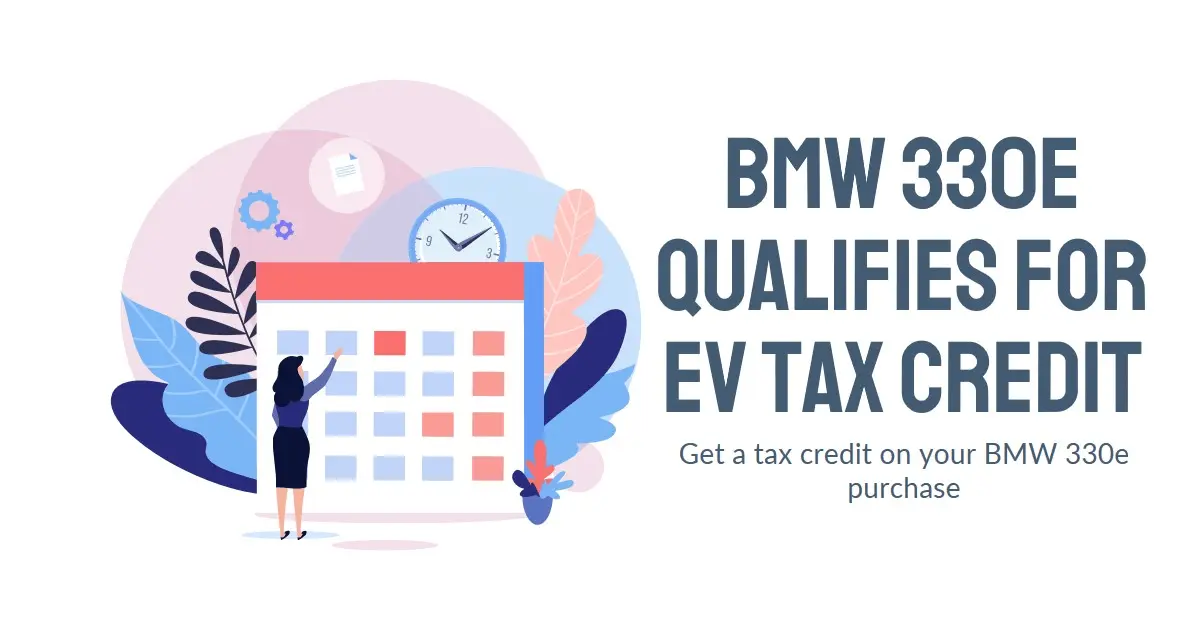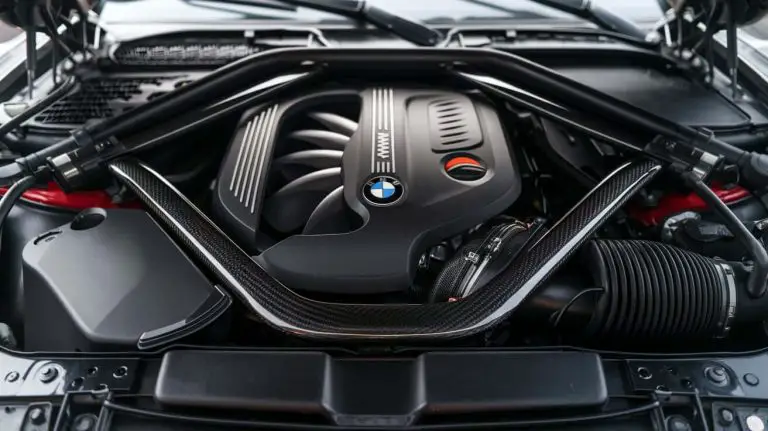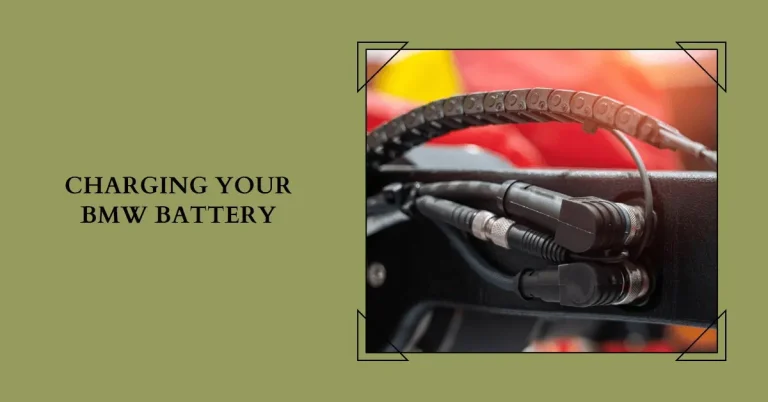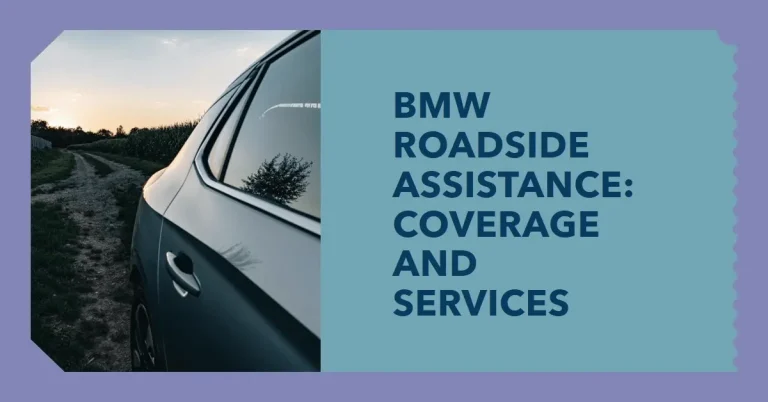Does the BMW 330e Qualify for the Electric Vehicle Tax Credit?
The federal electric vehicle (EV) tax credit offers lucrative savings for eco-conscious drivers, slashing up to $7,500 off your tax bill. But recent changes have made some popular models like the BMW 330e sedan no longer eligible for the full incentive.
So does the 330e still qualify for any EV tax credit in 2023 and beyond? Could you save thousands on the taxes for your brand new Beemer? This comprehensive guide has everything you need to know.
BMW 330e Incentives Before April 2023
Until recently, the 2021-2023 BMW 330e plug-in hybrid qualified for a healthy federal tax credit of $5,836. This partial credit reflected the vehicle’s battery size and was contingent on final assembly in North America.
So if you took delivery of a Mexican-built 330e before April 18, 2023, you can breathe easy knowing the up to $5,836 credit likely applies to you (pending income eligibility which we’ll cover shortly).
That assumes you meet the adjusted gross income (AGI) limits:
- $300,000 if married filing jointly
- $225,000 if head of household
- $150,000 for other filers
The 330e combines a peppy 2.0L turbo engine with an electric motor, serving up a combined 288 horsepower for spirited performance. Even the most lead-footed drivers can expect to travel about 23 miles per charge, perfect for emissions-free commuting.
Stricter Rules After April 2023
But for 330e orders placed after Tax Day 2023, your eligibility outlook just got cloudier. The recently enacted Inflation Reduction Act established stringent new battery component and critical mineral sourcing requirements for the EV credit.
At least 40% of battery components need to originate from North America or a US free trade partner. Another 40% of battery critical minerals, like lithium and cobalt, must come from the US or a partner nation. And those quotas ratchet up annually.
Does the BMW 330e Meet the New Standards?
The problem is, BMW has been vague regarding the 330e’s specific supply chain. The fine print states that a “majority” of components hail from Germany, but no insights into the battery itself.
And since the sedan entered production before the legislation took effect, BMW may not have prioritized procuring materials domestically. So there is valid reason to be skeptical that new North American or friendly country content thresholds are satisfied.
Of course there is also chance that BMW silently adjusted its procurement to comply, but absent confirmation buyers considering a 2023 or 2024 330e should temper expectations. A talk with your dealership may provide more clarity.
You can also reference publicly available vehicle identification number (VIN) decoders to cross-reference assembly details. VINs starting with 3 indicate Mexican origin which meets the post-August 2022 criteria but leaves the unanswered battery question.
In any case, no 330e orders placed after December 31, 2022 will qualify for even a partial credit without explicitly meeting battery composition and sourcing rules in effect starting January 1, 2023.
Income and Price Limits on 330e Incentive
Assuming your 330e does comply with applicable battery rules for the 2023 tax year, you still need to pass income and vehicle price thresholds to redeem the full $7,500 federal incentive.
On the income side, adjusted gross income limits to qualify are:
- $300,000 if married filing jointly
- $225,000 if head of household
- $150,000 for other filers
And for the EV credit to apply in 2023, the 330e’s manufacturer suggested retail price (MSRP) cannot exceed $55,000 including options and destination charges.
With the base rear-wheel drive 2023 330e starting from $51,500, you have reasonable flexibility to add features while remaining under the price cap. But luxury features like upgraded Nappa leather, ambient lighting, and premium paint could push you over if not careful.
In other words, resist going overboard on extras if you want the maximum tax credit!
Claiming the Credit on 2023 Taxes
Actually redeeming the incentive you qualify entails documenting everything properly at tax time. The process starts when purchasing or leasing the 330e:
- Have your BMW dealer complete IRS Form 8936 certifying that the vehicle meets eligibility criteria
- If leasing, figure out who claims the credit (you or BMW Financial Services)
- Retain documentation like the purchase agreement, VIN confirmation, and Form 8936
With paperwork squared away, you’ll ultimately claim the credit on Form 8936 as part of your 2023 taxes in early 2024. The credit will reduce your total income tax bill dollar-for-dollar.
But say you qualify for the full $7,500 credit but only owe the IRS $5,000 originally. In that case your net tax liability drops to $0 and you’ll receive the leftover $2,500 difference as an income tax refund. Sweet!
Just note that credits in excess of what you owe for the tax year cannot be carried forward to future years. You miss out on any unused portion, so plan wisely.
Outlook for Future Policy Changes
The eligibility requirements for the EV tax credit will continue evolving in coming years:
- The North American battery component threshold rises from 50% in 2023 to 100% by 2028
- Critical mineral sourcing quotas increase from 40% now to 80% by 2027
So while the BMW 330e’s status even for the next couple years seems iffy, let’s hope BMW invests to eventually comply. Domestic battery production is still in its early stages.
The Inflation Reduction Act does allot billions in manufacturing credits and loans meant to nurture homegrown supply chains. As those efforts gear up, expanded EV model eligibility may follow.
Checking Your Individual 330e Purchase
Considering how frequently the EV tax credit rules seem to change, checking that your specific 2023 or 2024 BMW 330e purchase qualifies is prudent.
First, plug your 17-digit VIN into a decoder tool like BMW VIN decoder. It should clarify where your exact build location, flagging anything assembled outside North America that misses the cutoff.
You can also call or visit your BMW dealership, inquiring whether documentation can confirm your model year and configuration meets latest battery component and sourcing criteria. That same dealership will ultimately help redeem the incentive by providing the necessary IRS form.
Common EV Credit Questions
Beyond the core eligibility factors, some hot button questions crop up around the EV tax credit:
Does leasing instead of buying affect my tax credit?
Yes, there are definite impacts. With a lease, typically the automaker’s captive finance arm like BMW Financial Services claims the credit not you. Lease contracts should spell out any tax credit amounts passed through as discounts.
Can I collect my state’s EV incentive too?
Absolutely. Many states like California, Colorado, and New York offer their own cash rebates or tax credits on top of the federal perks. Just make sure you crunch the numbers for combined savings.
What if my income or taxes owed change before I file?
It’s smart to reverify you still qualify closer to tax time. Unexpected bonuses, deductions, market gains, or credits could alter your AGI or tax liability below the thresholds required. Avoid assuming anything from the prior year holds true.
What about used BMW 330e models and credits?
Pre-owned federal tax credits up to $4,000 apply, but used vehicles must be acquired from a dealer. And you’ll still need to satisfy income caps plus provide documentation on battery origin. State incentives typically exclude used cars.
The Last Word
Determining if the sporty BMW 330e plug-in hybrid still qualifies for federal tax credits requires sifting through plenty of fine print. Model year, purchase timing, assembly details, income limits, and EV battery supply chain issues all factor heavily into eligibility.
Requirements seem almost guaranteed to get stricter over the next few years as well. But if BMW works to ramp up regional battery production, the 330e stands a fighting chance of landing back on the qualified list.
Hopefully this guide gave you clarity on the most current rules, questions to ask, and exactly how to claim the incentive. Just don’t leave those potential thousands in EV tax savings on the table without doing your homework!







